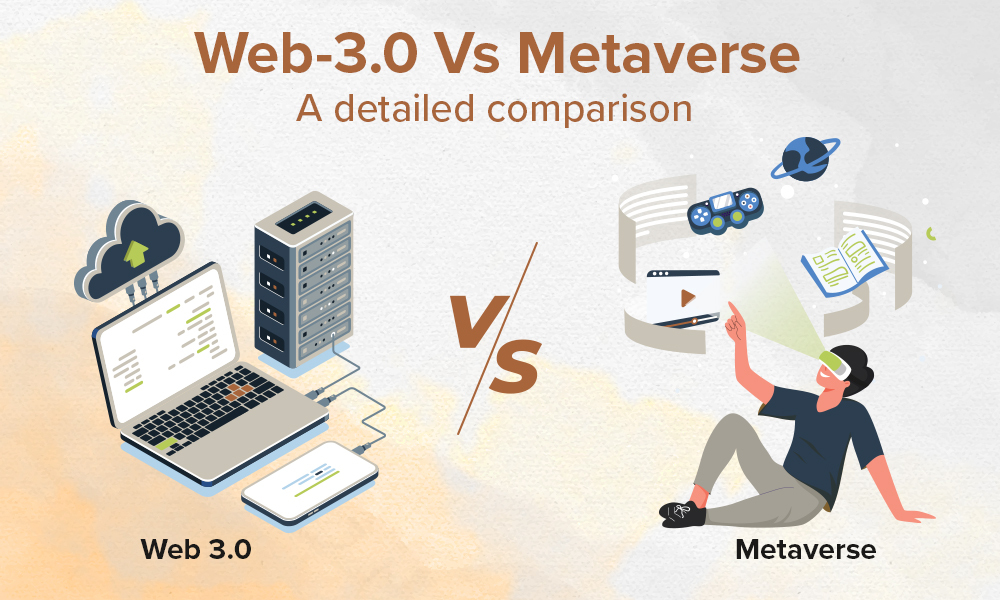The PoC process has five basic steps that project teams can follow, from developing the idea to firming it up and presenting it to the investors.
Step 1: Demonstrate the need for the product
When presenting their PoC, project leaders must establish the need for the product by mentioning who the target market is and what their pain points are. In narrating the customers’ pain points, however, project managers must not merely assume what these are. They need to get actual and verified answers.
Project leaders can acquire these responses by interviewing a representative sample of customers. They should ask in-depth questions about the clients’ frustrations, what they want a product to do to alleviate their inconvenience, their desired user experience, and more.
Doing that allows project leaders to grasp their customers’ feelings and perspectives clearly, as well as acquire a list of specific needs and targets for their PoC.
Pro tip: Interview a sample group of customers to understand and verify their pain points.
Step 2: Ideate the right solution
From the sample group’s answers, project managers can now start brainstorming with their team for the right solutions to the customers’ pain points, keeping in mind that they should also be feasible and within the company’s capacities.
The team should then assess each brainstormed solution according to the likely costs, timeline, technologies needed, required operational capacities, competition, resources, and other factors.
They can even narrow down the list of ideas to the most feasible ones and finalise their proposed product.
Additionally, in order to firm up the proposal, the team should discuss how their solution can support the fulfilment of the organisation’s or stakeholders’ goals.
Pro tip: Welcome half-baked ideas. You don’t need to be a perfectionist when ideating, at least, in the initial stages. You’ll be surprised how half-baked ideas can lead you to the best solutions.
Startup is a journey, there are no wrong or right decisions, but a few correct choices can definitely smoothen the journey. Why don’t we offer you a few insights which can help you take those correct decisions? Read our 8 Step journey on how to build a startup.
Step 3: Create a prototype and test it
Once the team has arrived at a feasible idea, they should create a prototype based on the decided requirements, features, and solutions.
The project team must let the individuals in their sample group try and test the completed prototype. This is so they can quickly determine whether the product truly addressed the pain points shared by the group.
Testing it with the same group enables the team to document their feedback more easily, which is essential to the next step.
Pro tip: Prototyping isn’t the end in and of itself, it is just the means. Don’t get so caught up at building the perfect prototype. While you need to exercise caution and vigilance, don’t be stuck in this phase longer than you should be.
Step 4: Gather and document feedback
During the prototype testing, the project team must gather and document the sample group’s feedback about their experience, their reactions, and any other valuable details, including what they think of the user interface.
The gathered feedback lets the project team initially verify the usability and feasibility of the solution. It also informs the team of any needed improvements to the proposed product and gives significant insight for other relevant actions moving forward.
For the team’s quick reference to the collected responses, they can record the feedback in their project management software.
Pro tip: Use a cloud-based platform to obtain feedback. In that way, it’s easier for your project team or even your sample group to participate and collaborate.
Step 5: Present PoC for approval
With the concept tested and improved based on the feedback, the project team can now prepare their presentation to the stakeholders.
They must present, among other things, the pain points that the product solves, features that address those problems, and technologies integrated to demonstrate the value of the idea.
They should elaborate on the product development and project management components, which they should also note in their project tracker.
These include clearly defined success criteria or project management metrics, evaluation measures, timelines, next project management plans (should it be approved), resources needed, and other aspects discussed earlier.
Once the team successfully presents the idea and persuades the stakeholders to approve and invest, they can begin to implement it.
Pro tip: Put more emphasis on the benefits that your product brings, instead of its features.
.jpg)



